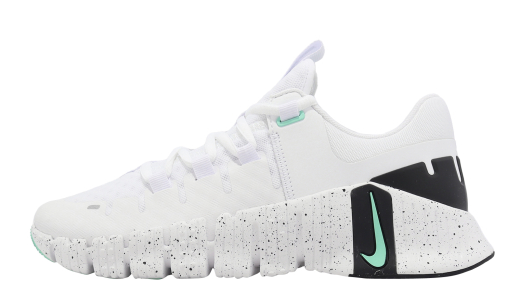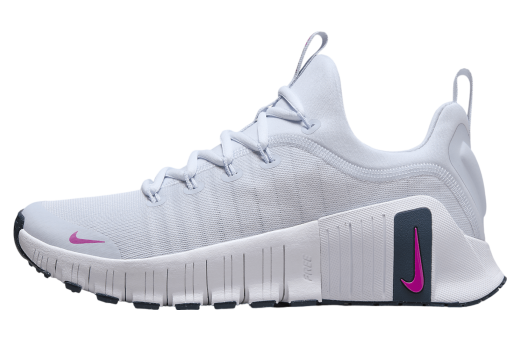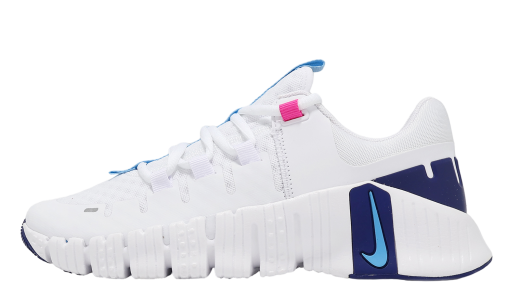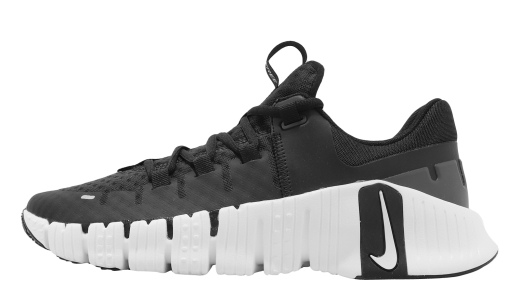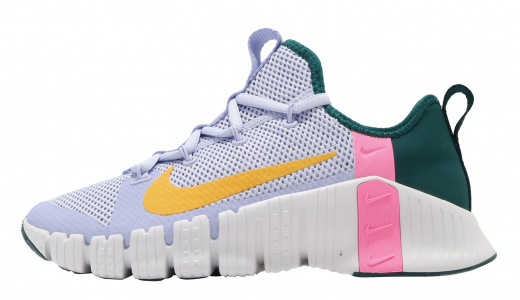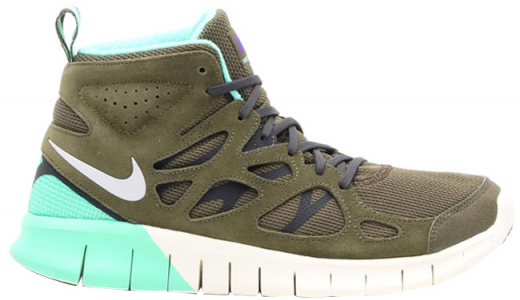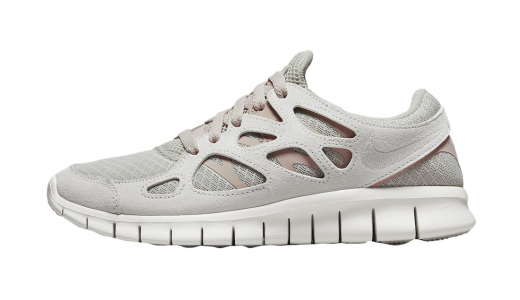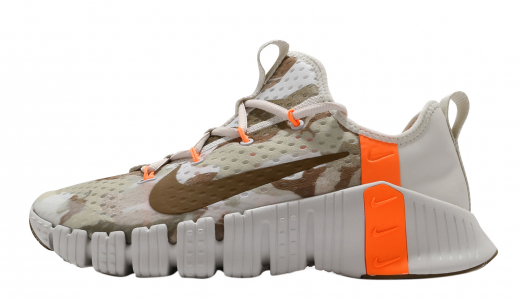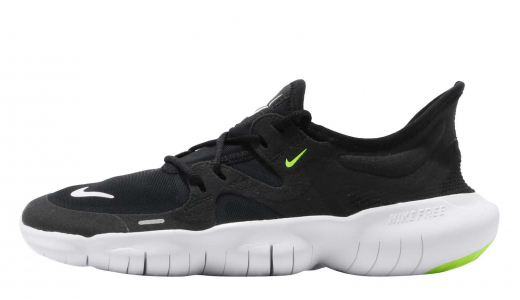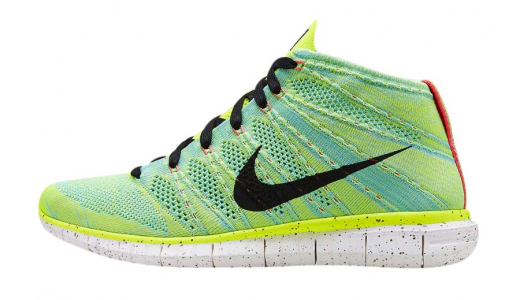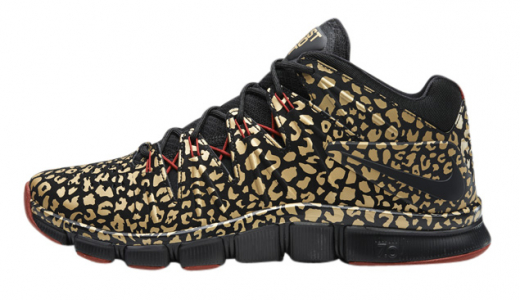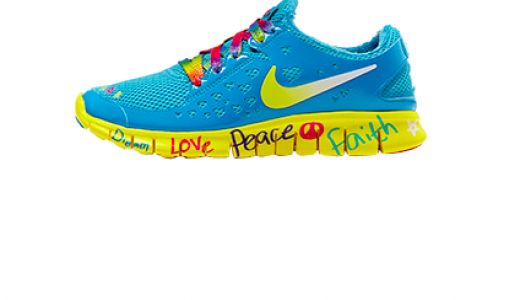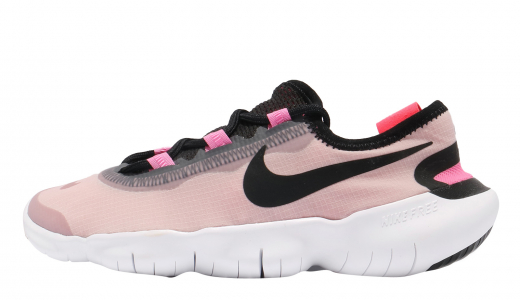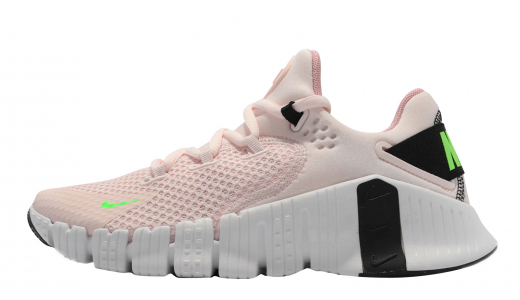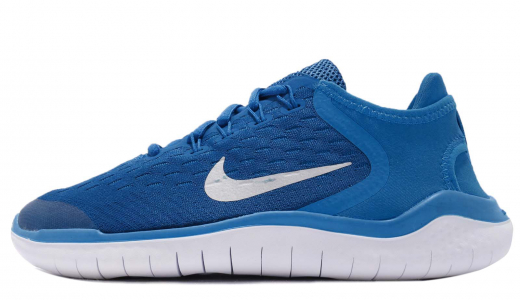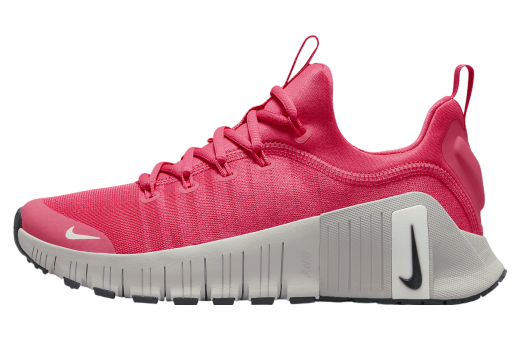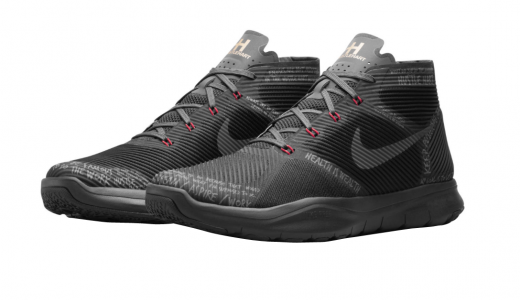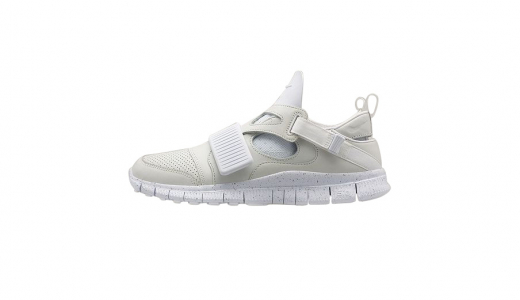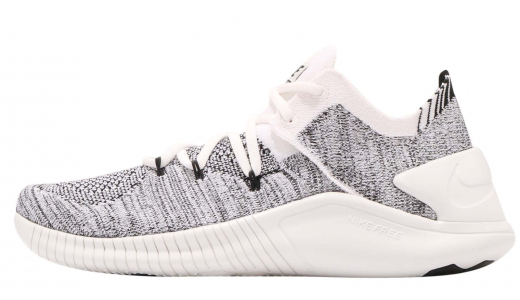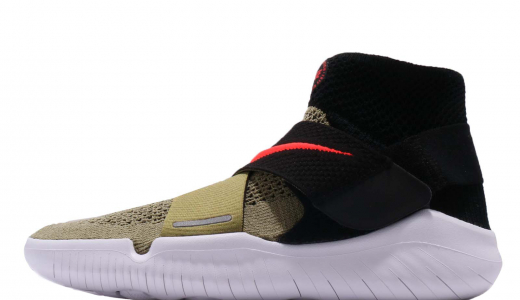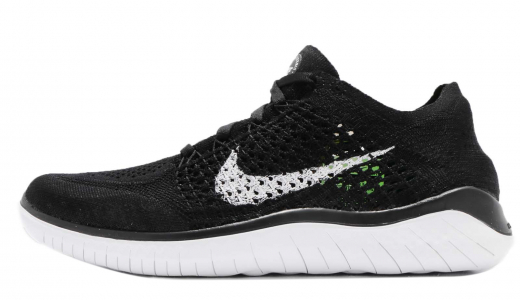Nike Free
Nike Free is a footwear innovation by Nike, designed to offer a more natural and barefoot-like running experience. Launched in 2004, the Nike Free line features shoes that are highly flexible, lightweight, and engineered to mimic the natural movement of the foot. The goal was to create a shoe that encourages the strength and mobility of the muscles in the feet and legs while providing enough protection and comfort for running on various surfaces. Key to this design is the unique sole, which has deep sipes and cuts that allow for multidirectional movement and flexibility, giving runners the freedom to move as their feet naturally would.
Over the years, Nike Free has evolved with advancements in materials and technology, continuously enhancing its appeal to runners and athletes looking for a more minimalist running shoe. It has gained a dedicated following not only among serious athletes but also among casual runners and fitness enthusiasts who appreciate the blend of innovation and tradition. The design philosophy behind Nike Free shoes has informed other Nike sneaker lines as well, influencing the broader athletic footwear market by focusing on the importance of natural movement, adaptability, and overall foot health. Whether used for training, running, or everyday wear, Nike Free remains a testament to Nike's commitment to pushing the boundaries of athletic performance and foot biomechanics.
History of Nike Free
The 'Nike Free' line is a significant chapter in the history of Nike, Inc., illustrating the innovation and evolution of athletic footwear in response to changing trends and scientific insights into natural movement. Created to mimic the benefits of barefoot running, the Nike Free series has become a mainstay in the market since its inception.
Early Beginnings: Conceptual Foundation
The concept behind Nike Free began in the early 2000s. Stanford University track coach Vin Lananna noticed that his athletes were training barefoot on the university's golf course. He observed improvements in their strength and performance and shared these observations with Nike designers. Inspired by this insight, the Nike team embarked on a journey to create a shoe that allowed for a natural running experience akin to barefoot running but with the protection and durability of a conventional running shoe.
Research and Development: The Birth of Nike Free
To develop this concept, Nike collaborated with podiatrists, university researchers, and a biomechanical engineer, who helped map the biomechanics of running. Testing involved rigorous data collection on foot movement, pressure, and force during various activities. The team concluded that barefoot running, or running in a way that most closely mimics it, can indeed strengthen feet and legs and reduce certain types of injuries.
One of the significant findings was the foot's natural flexibility. Conventional running shoes restricted the foot's natural splay and flexibility, leading to muscle underutilization. Nike aimed to counteract this with a design that promoted foot strength. The solution was a shoe with a flexible sole to enhance the natural motion of the foot.
2004: Nike Free 5.0 Launch
In 2004, Nike introduced the first shoe under the Nike Free line, the Nike Free 5.0. The 5.0 referred to the shoe's midsole thickness and cushioning, on a scale from 0 (barefoot) to 10 (normal running shoe), indicating a mid-point between completely barefoot and conventional running shoes. The innovative design featured deep sipes—flex grooves carved into the soles to facilitate multi-directional flexibility and natural motion. These grooves were meticulously designed to enable the foot to move freely and naturally.
The Nike Free 5.0 garnered considerable attention and created buzz due to its unconventional approach tying back to the notion of barefoot running. However, the initial reception was mixed. Some hailed it as revolutionary, while others were skeptical about its benefits and concerned about potential injuries from transitioning too quickly to this new style of shoe.
Evolution and Expansion: Nike Free 3.0 and 7.0
Following the launch of the 5.0, Nike expanded the range with the Nike Free 3.0 and 7.0 in 2006. The Nike Free 3.0 offered an even more minimalist approach, with lower midsole heights and more pronounced flexibility, appealing to those seeking a running experience closer to barefoot. Conversely, the Nike Free 7.0 offered a slightly more cushioned and structured alternative. These iterations provided runners with options based on their preferences and readiness for minimalist running.
The progression from 3.0 to 7.0 illustrated Nike's strategy to cater to different levels of experience and interest in minimalist footwear. This variety allowed more athletes to transition gradually, reducing the risk of injury associated with an abrupt shift to minimalist shoes. The introduction of Nike Free 3.0 and 7.0 indicated that Nike was committed to refining the minimalist concept and expanding its application beyond running shoes to training and casual footwear.
Technological Advances: Flyknit Integration
In the 2010s, Nike began integrating its Flyknit technology into the Nike Free line. Flyknit, introduced in 2012, is a method of constructing shoes using yarns and fabrics to create a featherweight, formfitting, and virtually seamless upper that provides targeted support and flexibility. By incorporating Flyknit into Nike Free, the company enhanced the overall experience by offering a more sock-like fit that worked synergistically with the flexible sole.
This integration played a pivotal role in maintaining Nike Free's relevance as runners and athletes moved towards even lighter and more breathable footwear solutions. Flyknit allowed for a more precise fit, improving the shoe's ability to support natural foot movements and increasing comfort. As a result, models like the Nike Free RN Flyknit became popular choices for not just running, but also various athletic and casual applications.
Shaping the Market: Influence and Legacy
Since its launch, the Nike Free line has significantly influenced the footwear industry. It created a shift towards minimalist footwear and educated the market about the benefits of natural running. Brands across the spectrum took cues from Nike's innovation to develop their versions of minimalist and natural motion products.
The impact of Nike Free extends beyond just running shoes. The design philosophy has influenced other categories, including training and lifestyle footwear. The concept of mobility and natural movement has fueled product development across Nike's entire lineup, reinforcing the intersection of performance, comfort, and style.
Cultural Impact and Endorsement
The cultural penetration of Nike Free extends far and wide, aided by strategic endorsements and marketing campaigns. High-profile athletes and celebrities have been frequently spotted wearing Nike Free shoes, lending it a blend of athletic credibility and street-style appeal. Nike leveraged these endorsements to broaden the target audience from serious runners to casual fitness enthusiasts and style-conscious consumers.
Nike's marketing campaigns often emphasize empowerment, innovation, and the freedom to move naturally. This messaging resonated deeply with consumers who sought performance products capable of crossing over into daily wear. Whether through TV commercials, online content, or social media, Nike Free has enjoyed robust visibility, reinforcing its position as a staple in the sportswear domain.
2010s and Beyond: Design Iterations and Refinements
Throughout the 2010s, Nike continued to refine the Nike Free line. Adjustments to the sole's flexibility, the introduction of new materials, and improvements in shape and comfort kept the line fresh and competitive. Nike Free shoes started to feature Dynamic Fit technologies, integrating Flywire cables for enhanced lockdown during movement.
Nike also paid attention to environmental sustainability, a growing concern among consumers. The introduction of more sustainable materials and manufacturing processes reflected the company's broader commitment to sustainability. The Nike Free line, although centered on performance, began to embody these values, setting industry trends not just in performance, but in ethical production practices.
Scientific Validation and Critique
The concept of natural running and minimalist shoes is not without its controversies and criticisms. While many athletes and enthusiasts praise Nike Free for its role in reducing injuries and improving foot strength, some studies suggest mixed outcomes. Researchers and sports scientists point out that the benefits of barefoot-simulating shoes can vary greatly between individuals.
There is also the concern that without proper education and a gradual transition, wearers might suffer injuries from abruptly switching to minimalist footwear. Nike has been proactive in addressing these issues by providing guidance on transitioning to Nike Free, emphasizing a gradual adaptation phase to mitigate risks.
Broader Applications: Beyond the Track
As the line evolved, Nike Free shoes became synonymous with versatility. No longer confined exclusively to running, they found applications in various athletic disciplines, including training, gym workouts, and even casual day-to-day activities. The lightweight, flexible design has found favor with people looking for comfort and performance both on and off the field.
In recent years, innovative models like the Nike Free RN series have continued to dominate the market. These shoes offer enhanced comfort, flexibility, and a blend of targeted support, maintaining the core principles while adapting to modern needs and aesthetic preferences.
Conclusion: A Legacy of Innovation
The history of Nike Free stands as a testament to Nike's relentless pursuit of innovation, performance, and holistic athletic experience. It reflects a transformative period in footwear design, responding to evolving understandings of biomechanics and natural movement while adapting to market demands and trends.
From the early days of experimentation at Stanford to becoming a mainstream fixture, the Nike Free line has carved out a durable legacy. It has not only reshaped running culture but has also broadened the understanding of athletic footwear's role in promoting natural movement and overall foot health.
By continually evolving, integrating technology, and addressing both performance needs and environmental concerns, Nike Free has proven its resilience and adaptability in an ever-changing market. Today, as new models and innovations emerge, Nike Free remains a symbol of freedom, performance, and the future of athletic footwear.

